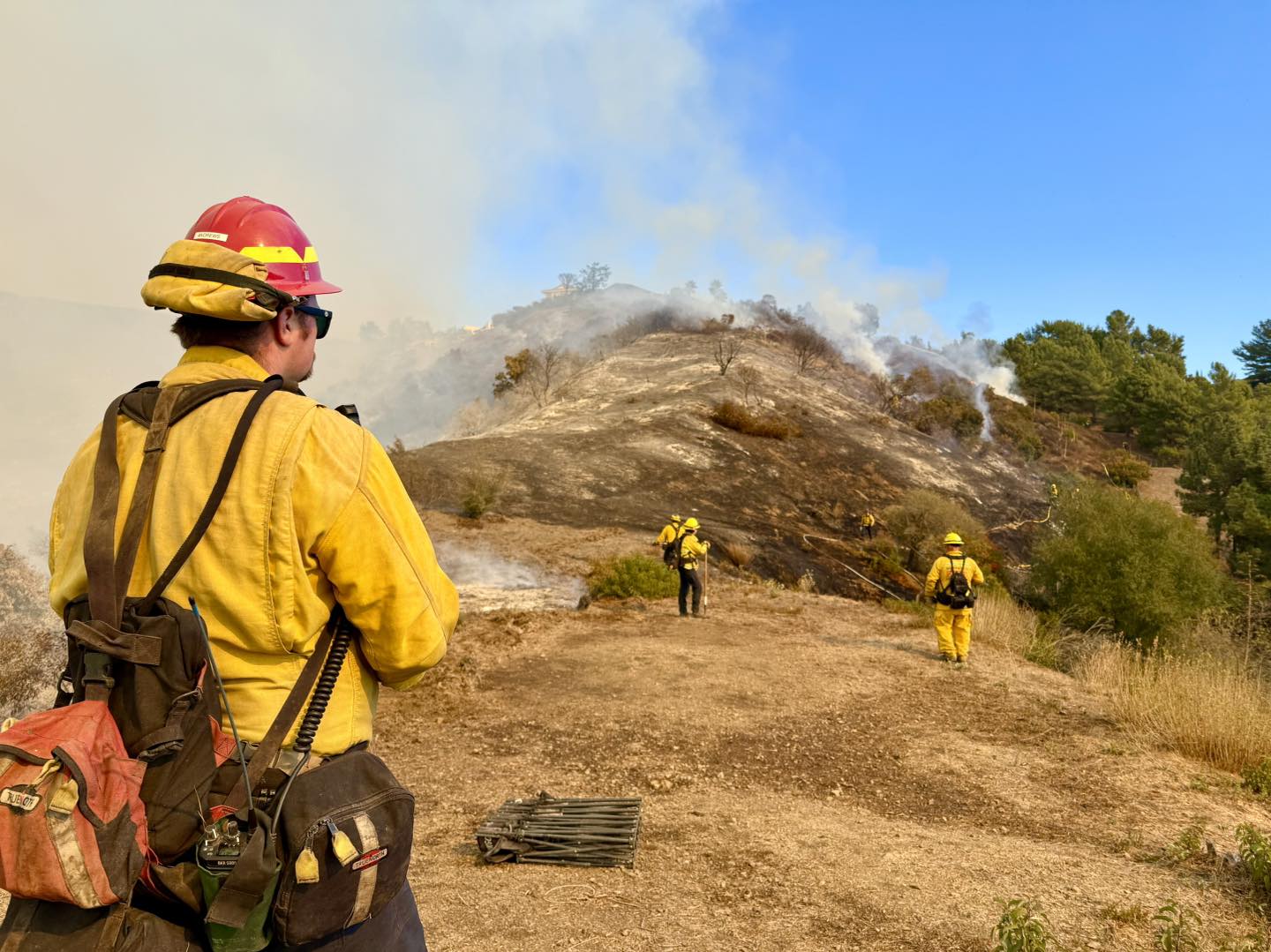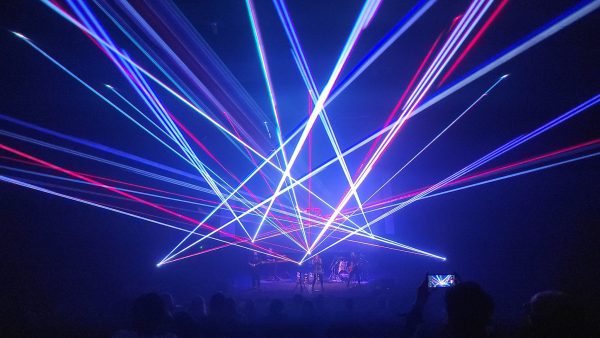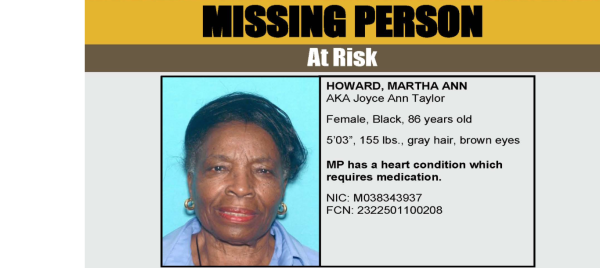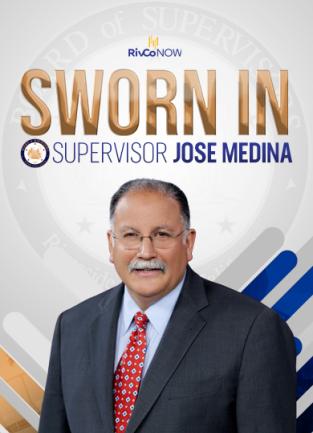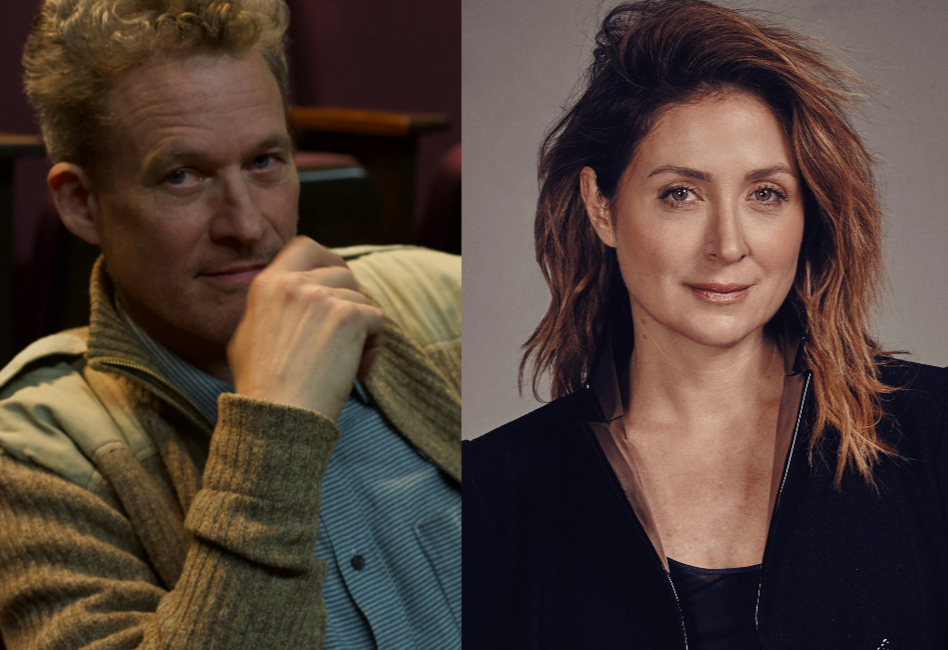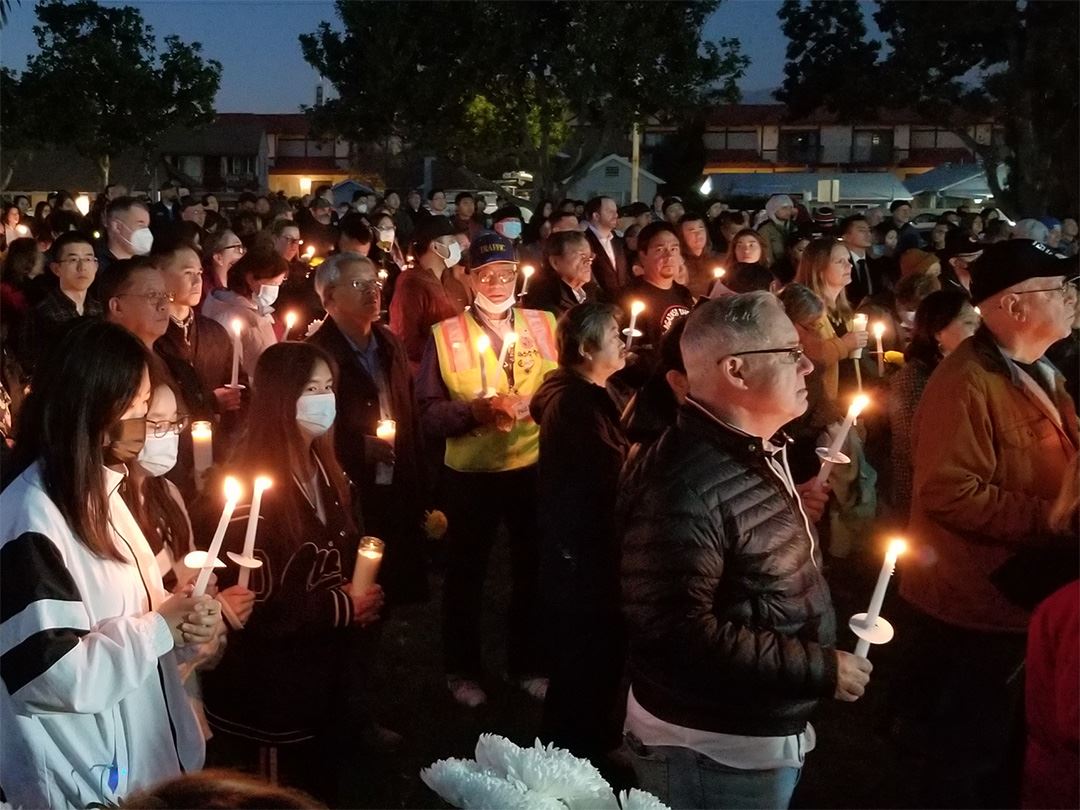By Tim Golden
This story was originally published by ProPublica. ProPublica is a Pulitzer Prize-winning investigative newsroom. Sign up for The Big Story newsletter to receive stories like this one in your inbox.
In the last years before the fires that destroyed Pacific Palisades, California, the great civic debate in my hometown was over the meaning of a shopping mall.
Some residents feared that the Palisades Village, a 3-acre archipelago of posh boutiques and restaurants that opened in 2018, was driving a gleaming stake through the heart of the place where we grew up. That “Old Palisades” was a mythologized, upper-middle-class community where people knew one another, raised happy families and tempered even the old, analog status-seeking of Malibu and Beverly Hills.
The Village, with its Gucci and Saint Laurent stores and its nouveau-McMansion architectural style, marked our final conquest by overly tanned, overly toned immigrants from Hollywood and Silicon Valley. Who else would stroll into the Erewhon grocery and tap down $20 for a Hailey Bieber Strawberry Glaze Skin Smoothie?
But plenty of people did. They liked the “bespoke, walkable village,” as the developers advertised it, seeing it as an overdue upgrade from Mort’s Deli and the family-run stores that the developer (and later mayoral candidate) Rick Caruso bulldozed away. They seemed happy to pay $27 for a seat in the Bay Theatre, a luxury multiplex that pirated its name and iconic facade from the long-closed movie house on Sunset Boulevard where my friends and I snuck into films like “Billy Jack” and “Big Wednesday.”
On either side of the mall debate, people rarely paused to note that these were rich people’s problems.
Unlike neighboring Santa Monica, an incorporated city with a spirited government, the Palisades didn’t raise its own taxes or run its own services. We call it a town, but it’s really a neighborhood in the City of Los Angeles. Still, there is a community council and a couple of local newspapers, and none of them worried more than occasionally about the threat that catastrophic wildfires might sweep down on us as they had on so many other California towns.
We had been lucky, and we knew it.
On New Year’s Day, a handful of my old friends from Paul Revere Junior High were texting to that effect. “We have it so good,” my lawyer friend Eric wrote. He was looking out at the Pacific from the deck of his new home, having moved triumphantly back to the Palisades after years away.
It went without saying that our blessings included having grown up in a place where we could spend blissful days at the beach, attend very good public schools, learn how to work at miserable after-school jobs and get into trouble with minimal consequences.
Homes in that bygone Palisades could still be had for less than $100,000. We didn’t want to be Malibu or Brentwood. There were many wealthy Palisadians even then, but our baroque teenage hierarchies had little to do with who had money and who had less. There were Reagan Republicans and liberal Democrats, but the prevailing political vibe was tolerant and democratic.
The Palisades was still very white. There were separate beach clubs for WASPs and Jews; for years, some did not admit Blacks. But about a third of our classmates at Palisades High were bused from heavily African American neighborhoods like Crenshaw and Baldwin Hills. Whatever its failings, that integration shared what was arguably the city’s best public high school with thousands of less-privileged students. It also taught the white kids something about living in a more diverse society.
An impressive proportion of my classmates from those varied backgrounds went on to build meaningful lives. There are professors and social workers and doctors and film people. A star defensive tackle on the football team, who also sang in the chorus, became the actor and director Forest Whitaker. The businesspeople include a couple of zillionaires. For some, the ultimate marker of success was to afford a home in the neighborhood and send their kids to our old schools.
The Palisades changed a lot after I left for college. Despite the dangers, wealthier people built bigger, fancier homes, pushing out over the canyons and higher into the hills. We had long understood that we were living our nice lives in defiance of some powerful forces. I can still see the terror on my mom’s face one afternoon in the fall of 1978, as a wildfire swept toward us from Mandeville Canyon and we frantically packed the car with the most precious possessions we could gather up.
Even as they leveled quaint, old bungalows to build lot-to-lot monstrosities, many of the Hollywood people who flocked to the Palisades came for the sort of things that had always brought us together — the 10K runs and the Fourth of July parade; the beaches and parks and schools; the great hiking trails that wove into the Santa Monica Mountains from almost every hillside in town.
On New Year’s Day, my friend Eric closed our text conversation with a photograph of the evening’s spectacular sunset. The next images in the chat came a week later, in a video shot from the other side of his deck. A wall of gray-black smoke was billowing behind the ridge, not far from the home where my family lived for almost 50 years.
Less than an hour after he took the picture, Eric, his wife and their son fled down Chautauqua Boulevard, named for the high-minded Methodist educational movement that established the Palisades in the 1920s. Their home, along with the one my parents built and those of many friends, soon burned to the ground.
In photographs, the remains of the Palisades now evoke the streets of Aleppo or Homs, in Syria. Unlike most of my hometown friends, I’ve seen streets like those before. In Mexico City and San Salvador after devastating earthquakes in the 1980s. In Gaza. In the wastelands of Kabul, where American largesse never quite bandaged the scars of the Soviet war.
Imagery might be the only valid comparison between our tragedy and those in which tens of thousands of people were killed. Many Palisades residents displaced by the fire have enviable resources; they are reported to be filling four- and five-star hotels from Montecito to Laguna Beach. Compared with Syrians or Gazans or refugees from the Ukraine, the Palisadians have a far better shot at rebuilding their lives.
But the trauma remains overwhelming. To have our past so violently erased makes me wonder what we can really rebuild. Big developers are likely to snap up the burned-out lots of people who were uninsured or underinsured. What takes their place will inevitably be bigger and more generic construction, much of it in the nouveaux-McMansion style.
Even my friends in their early 60s have been weighing whether they will have the time and fortitude to rebuild their homes. And whose Palisades, they wonder, will be rebuilt around them? For now, the only section of the town center that stands somewhat unscathed is the Palisades Village mall, where Caruso called in private firefighters and water trucks to protect his investment.
As a young foreign correspondent, I spent a lot of time in Managua, a city that had been leveled by an earthquake in 1972. After years of war and revolution, Nicaragua was destitute; there was no money for street signs. But the Nicaraguans had a powerful collective memory, and I came to understand it as one of their great strengths.
In those days, a typical Managua address might be, “Del arbolito, tres cuadras hacía el lago,” or, “From the old tree, three blocks toward the lake.” The old tree hadn’t existed for years. But everyone remembered.
ProPublica is a Pulitzer Prize-winning investigative newsroom. Sign up for The Big Story newsletter to receive stories like this one in your inbox. Republished with Creative Commons License (CC BY-NC-ND 3.0).

